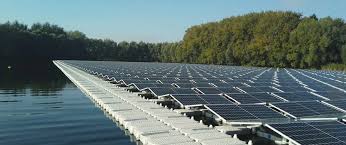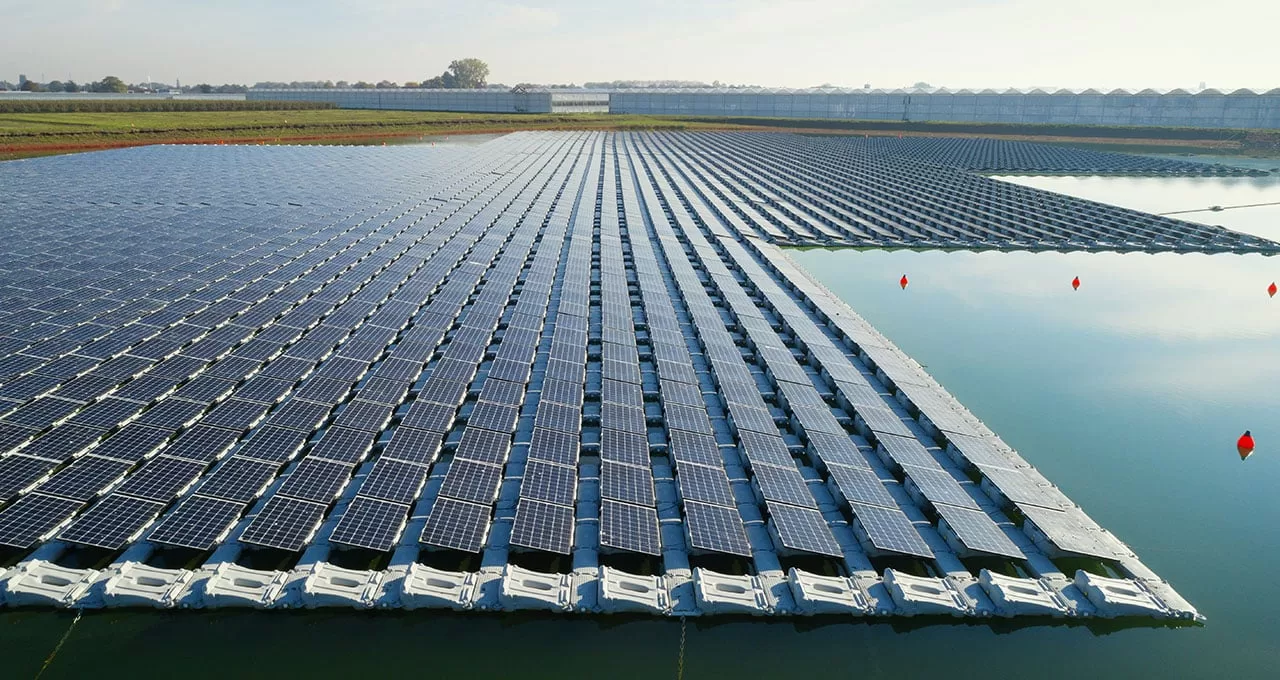Both Zimbabwe and Zambia are embarking on exploring the feasibility of setting up Kariba Dam Floating Solar at Lake Kariba. This information on the Zambia and Zimbabwe Floating Solar project was released by reports on Monday.
This floating solar project is being spearheaded by the Zambezi River Authority (ZRA). It is being undertaken in response to the declining generation of electricity from the hydroelectric power plants of the dam. The decline is as a result of a situation that is brought by the recurring droughts that are linked to climate change.
At recent address to the National Assembly, the Minister of Energy and Power Development of Zimbabwe, Edgar Moyo, revealed about the ongoing feasibility studies. He said that the Zambia and Zimbabwe Floating Solar project feasibility studies are being financed by the African Development Bank (AfDB).
Also read: The Mega US$4.5 Billion Batoka Hydro-power Project Commencement Set for 2025
Funding of the Feasibility Study
“Recently, we have commissioned a project study which is being funded by the African Development Bank to look at the viability of setting up floating solar systems on Lake Kariba,” the minister said.
According to Moyo, they had set target of finalizing the Zambia and Zimbabwe Floating Solar project feasibility study by the end of the first quarter of the year 2025. He pointed out that the results would pave way for the development of floating solar systems on Kariba Dam.
Kariba Dam Floating Solar Funding Secured
As recently reported by Bloomberg, Zimbabwe’s industrial power users have managed to secure $250 million funding from the Africa Export-Import Bank. This funding will be utilized for the construction of the floating solar panels at the world’s largest man-made lake (Kariba Dam).
The Intensive Energy User Group is comprised of mining companies inclusive of a former local unit of both Rio Tinto and Mimosa. They have plans of constructing a 250MW plant at Kariba Dam. This project is expected to be implemented within a period of 18 months. Moreover, this project will have the ability to be expanded to a capacity of 1GW.
Also read: Zambia’s $900 Million Coal-fired Power Plant Plans Unveiled as the Country Faces Power Crisis
“The group got “oversubscribed” interest for its funding,” said the IEUG chairman Edward Cross. This major step comes in at a time when the power-stricken nation is facing record power cuts.
“This solar project is set to integrate solar power with the existing hydropower infrastructure. This will eventually boost the overall renewable energy capacity of Zimabwe,” Afrexim Bank mentioned in a post in X.
IEUG was accorded a retail-supply license and a 20-year transmission agreement to connect to the national grid. Moreover, it was allowed to pay for electricity in US dollars.
Similar Projects
“Furthermore, there are other programs on floating solar systems on Lake Kariba which are going to kick off at the beginning of 2025. So, these are some of the tasks we are undertaking,” he added.
Floating solar technology brings forth a promising choice for expanding the solar energy capacity without necessarily needing extra land.
These systems which are usually mounted on floating platforms, usually benefit from the lower temperature provided by the water. This therefore enhances the efficiency of the operation of the solar cell, especially in hot conditions.
This floating solar plant initiative comes in at a very critical time for Zimbabwe. The country has been trying to cope up with reduced power generation capacity at its main power facilities. Recent challenges experienced have seen the citizens of Zimbabwe go through extended power cuts. According to reports, Zimbabweans go for roughly an average of 18 hours a day without power.
Current State of Affairs on Zimbabwe’s Power Generation Scope
Following the recent drought that hit the country, Zimbabwe has experienced huge power shortages. This has forced the Zimbabwe Electricity Supply Authority (ZESA) to execute higher levels of load shedding. Additionally, a technical issue that was experienced at the Hwange Thermal Power Station worsened the power supply shortages. This led to extending power cuts a day to 18 hours.

Moreover, as revealed by ZRA, water levels at the Kariba Dam have dropped to approximately 4.5 per cent as recorded in late October 2024. This is seen as a major decline as compared to late October 2023 which was at 18.6 per cent.
Also read: The Mega US$5 Billion Batoka Hydropower Construction Contract to be Retendered

